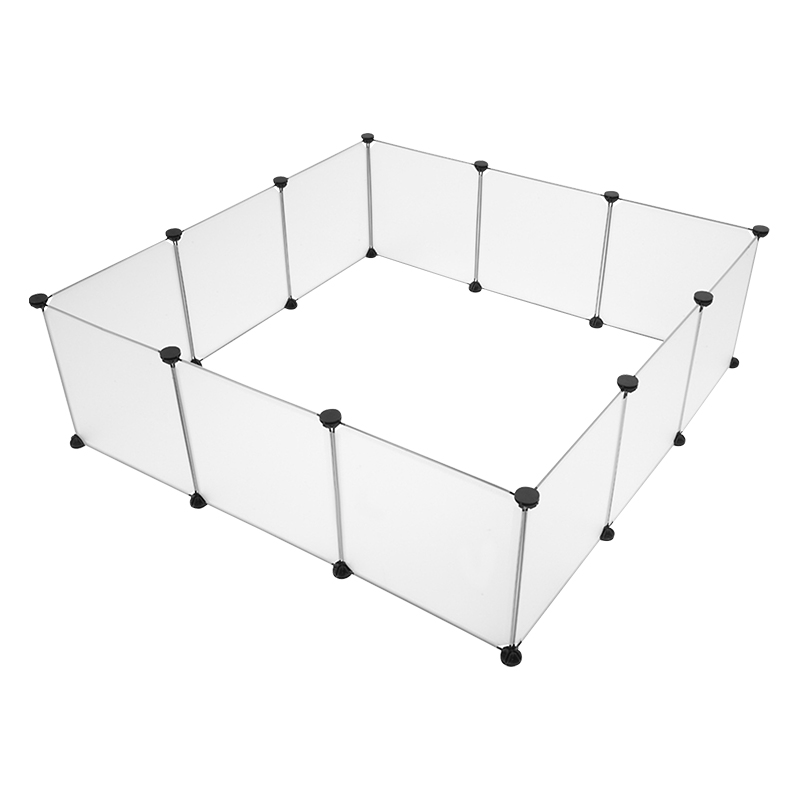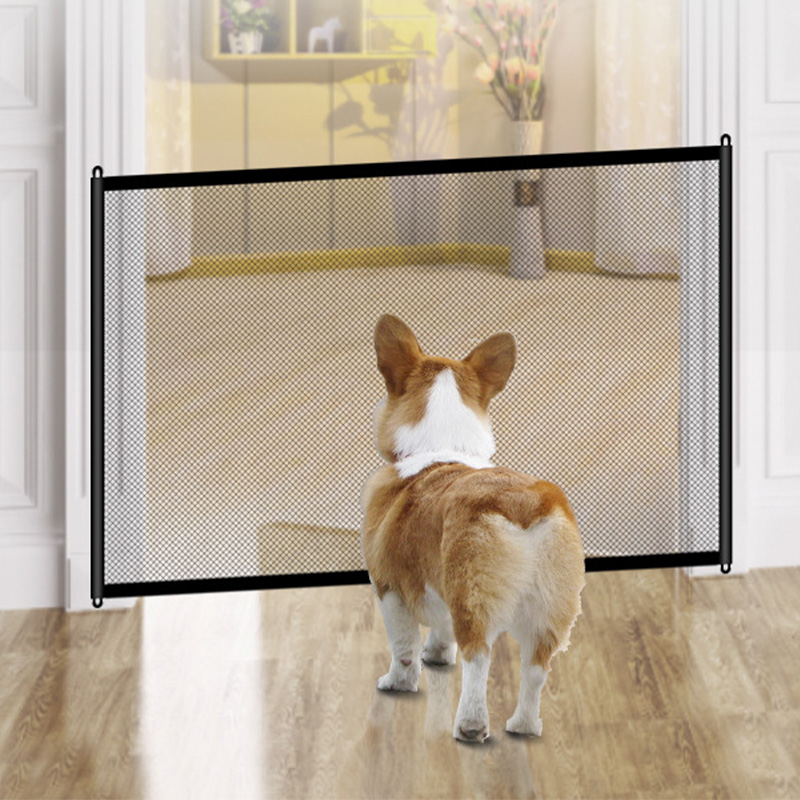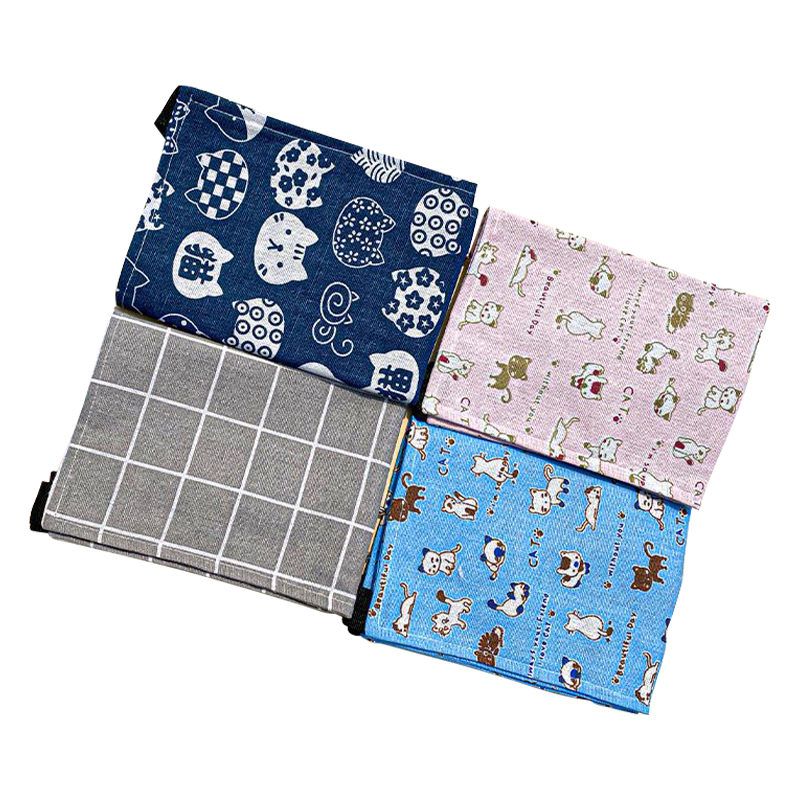In recent years, more families have welcomed pets into their homes, which has led to a steady rise in demand for safe and practical fencing solutions. Manufacturers in the pet fence industry are responding by placing greater emphasis on two key qualities: durability and sustainability. Whether it’s a plastic panel fence or a pet play yard fence, buyers are now looking for options that not only last but are also environmentally responsible.

A plastic panel fence has become a popular choice for pet owners seeking a balance between function and aesthetics. It’s lightweight, easy to assemble, and simple to clean. But now, manufacturers are taking things a step further by using recycled or biodegradable materials to make these fences. This shift helps reduce the environmental impact without compromising on strength. The idea is to create a product that holds up well over time, even with energetic pets and regular outdoor exposure.
Similarly, the pet play yard fence has evolved from being just a temporary containment tool into a versatile product suitable for both indoor and outdoor use. Many new designs incorporate modular panels that can be easily rearranged, making them convenient for changing spaces. The use of more durable plastics in these fences also means fewer breakages and less need for replacement over time. That’s good news for both consumers and the environment.
One of the driving forces behind this change is customer feedback. Pet owners are becoming more conscious of the materials used in the products they bring into their homes. As a result, companies are exploring different types of plastic blends that are non-toxic, weather-resistant, and made from post-consumer waste. For instance, a plastic panel fence made from recycled plastics can still provide reliable support while reducing landfill contributions.
Additionally, the pet play yard fence has become a regular feature in homes with small children as well as pets. Many families use them to create secure zones in living rooms, backyards, or even while traveling. As usage has expanded, so have expectations around quality and sustainability. Manufacturers are listening, and it’s showing in how fences are being made today.
Another important aspect is long-term usability. A well-built plastic panel fence doesn't need to be replaced every year, which makes it a smarter investment. Some newer versions are even designed to fold or disassemble easily, allowing for better storage and transport. That convenience, paired with materials that don’t crack or fade easily, is helping these fences stay in use longer.
Likewise, a pet play yard fence that stands up to different weather conditions and doesn’t degrade quickly provides peace of mind for owners. It’s no longer just about keeping pets in one place—it’s about doing so in a way that aligns with modern values like reducing waste and using safer components.
Of course, no fence can be all things to all pets, but what’s clear is that more thought is going into the construction and design of these products. The industry seems to be moving away from quick fixes and leaning toward long-term, more responsible solutions. Whether someone chooses a plastic panel fence for a backyard area or a pet play yard fence for a small puppy indoors, they’re likely to find better materials and smarter features than in years past.
As awareness continues to grow, it's expected that even more innovation will follow. With durability and eco-friendliness now at the center of development, the future of pet fencing looks solid—both for the pets who need them and the planet we all share.











